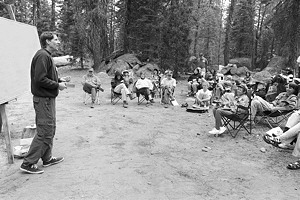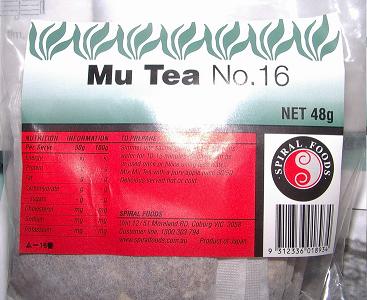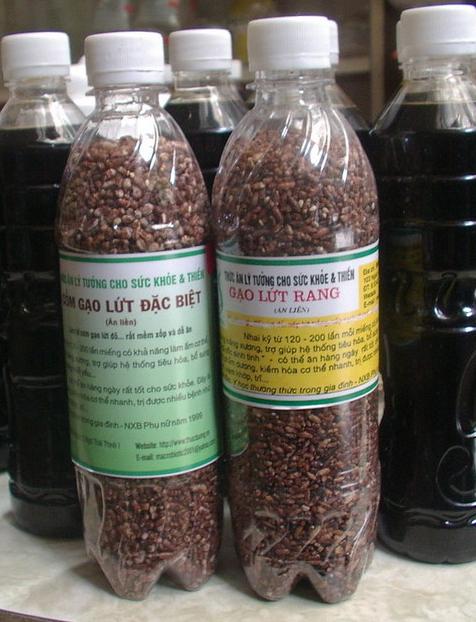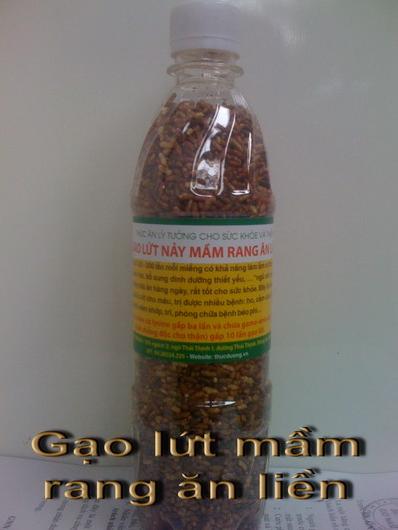|
|
Macrobiotic
INTRODUCTION
 |
Since our galaxy was formed by whirlpool motion in the infinite space of the ocean of the universe, and our solar system began to form within the galaxy, an unknown time has elapsed. While the earth developed to nearly its present condition, more than four billion years have passed. Biological life has existed on this planet for more three billion years, and our mankind has had its progressive development for probably over 20 million years. |
Although it is uncertain how the ancestors of our human species were living and adapting to their environment, during our recent development as Homo-sapiens, especially within the span of recorded history, we have seen more than 20 major civilizations rise and fall. -> More
MACROBIOTIC
 |
What is Macrobiotics?
The following is excerpted from Pocket Guide to Macrobiotics by Carl Ferré: Macrobiotics is the practical application of the natural laws of change. The term comes from the Greek; "macro" means great, and "bios" means life. It is a tool that allows one to learn to live within the natural order of life, the constantly changing nature of all things. |
Macrobiotics as it is known today is the result of the tireless work and vision of George Ohsawa (1893-1966).... While macrobiotic principles can be applied to all areas of life,... the macrobiotic approach to diet emphasizes whole grains and fresh vegetables, and for the most part avoids meat, dairy foods, and processed foods. The goal is to provide the body with essential nutrients so that it can function efficiently without loading it with toxins or excesses that must be eliminated or stored. And since the body is always adjusting to changes in the environment and to aging, its needs will always change as well. The idea is to continually balance the effect of foods eaten and other influences on the body, largely through diet, and to adjust to changes in a controlled and peaceful manner. More information:
MEDITATION
|
|
Theravada Buddhism in Vietnam
Buddhism came to Vietnam in the first century CE [1]. By the end of the second century, Vietnam developed a major Buddhist centre in the region, commonly known as the Luy-Lau centre, now in the Bac-Ninh province, north of the present Hanoi city. Luy-Lau was the capital of Giao-Chi, former name of Vietnam, and was a popular place visited by many Indian Buddhist missionary monks on their way to China, following the sea route from the Indian sub-continent by Indian traders. |
A number of Mahayana sutras and the Agamas were translated into Chinese scripts at that centre, including the sutra of Forty Two Chapters, the Anapanasati, the Vessantara-jataka, the Milinda-panha, etc.
In the next 18 centuries, due to geographical proximity with China and despite being annexed twice by the Chinese, the two countries shared many common features of cultural, philosophical and religious heritage. Vietnamese Buddhism has been greatly influenced by the development of Mahayana Buddhism in China, with the dominant traditions of Ch'an/Zen, Pure Land, and Tantra.
|
|
|
|
Gallery |

Picture

Picture

Media

Book
|
|
Macrobiotical Shops |





|
|
Counter |
     
|
|
|
|
|
|